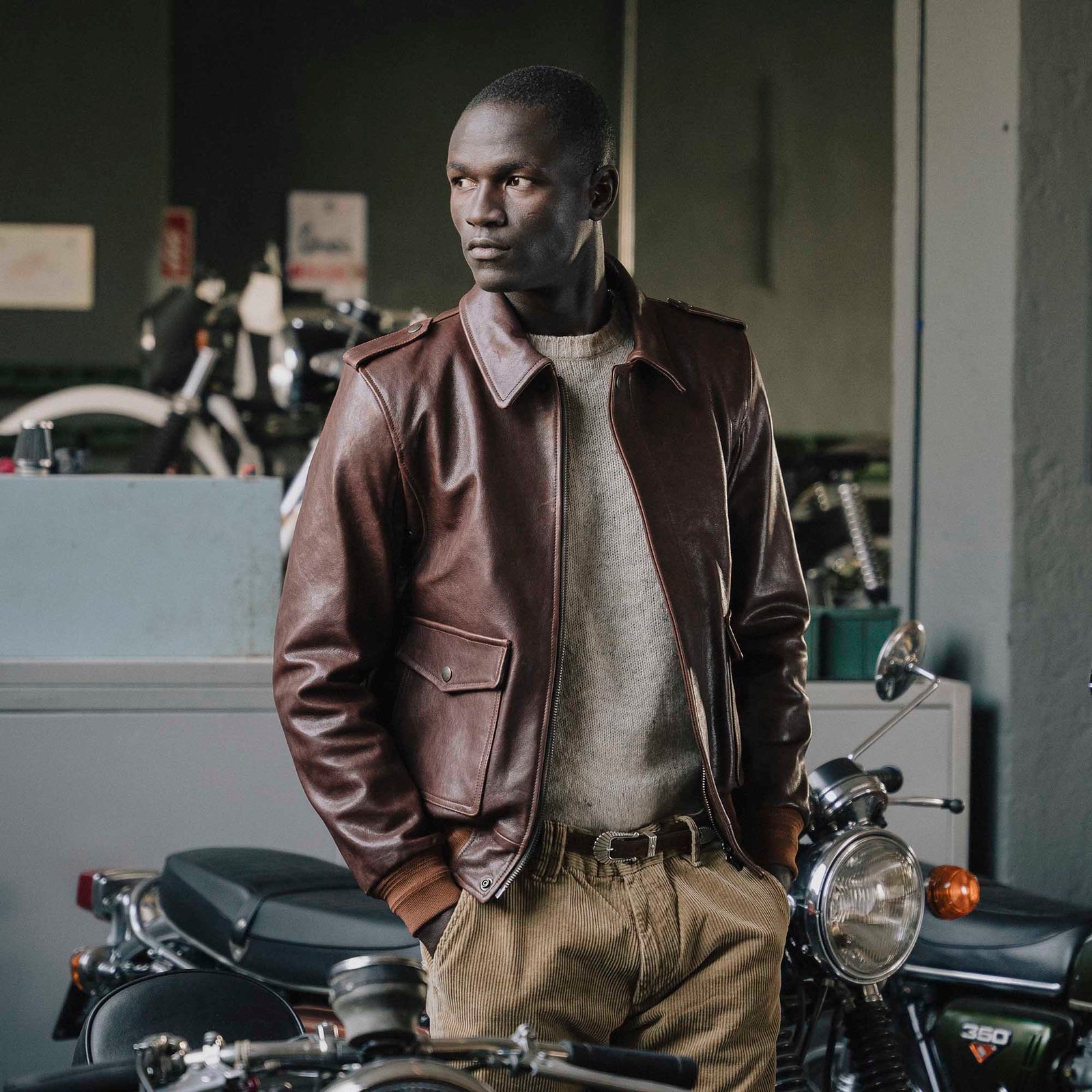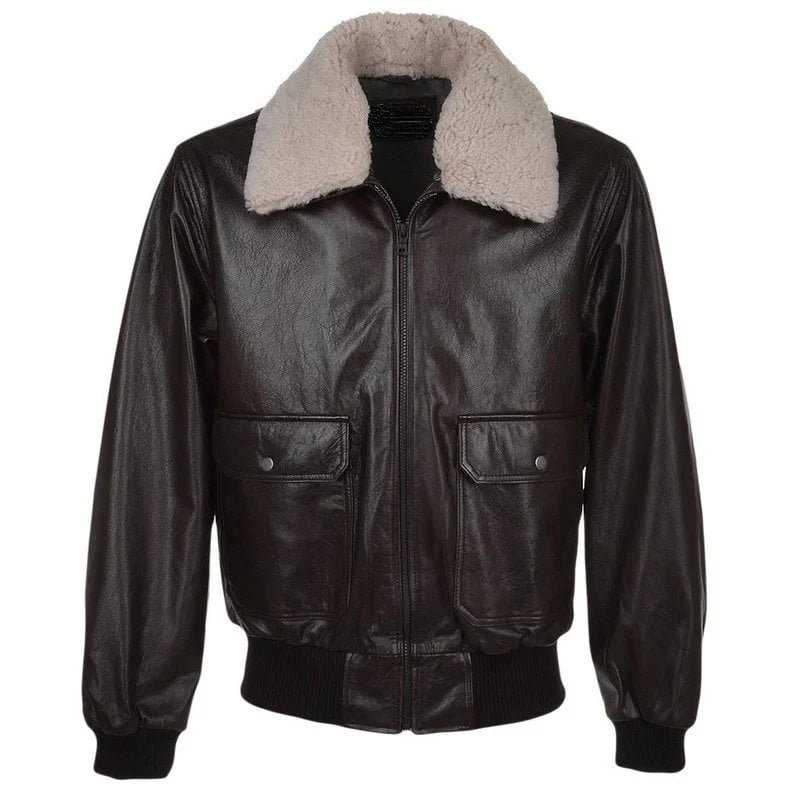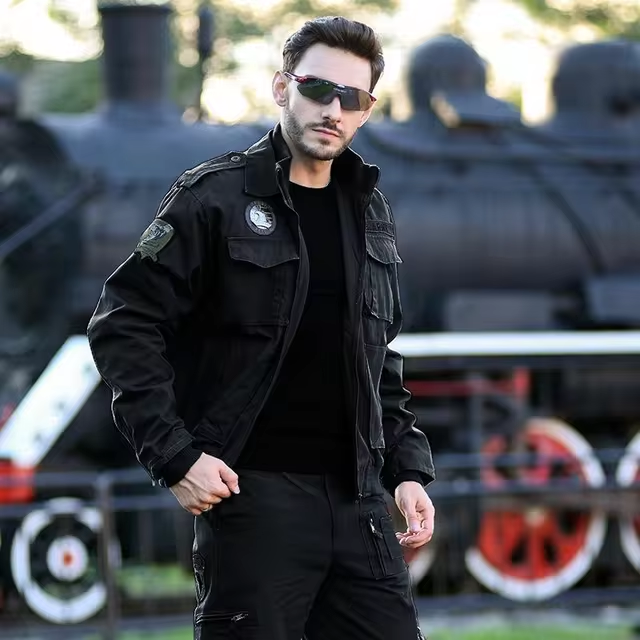What is a Flight Jacket?
Introduction to Flight Jackets
Flight jackets, often recognized as a symbol of rugged style and utility, have a storied origin that dates back to the early 20th century. Originally designed for military aviators, flight jackets made their debut during World War I, catering to the specific needs of pilots confronting the harsh conditions of high altitude and open cockpit flying. Crafted to provide warmth and protection, these jackets became an essential part of military attire in the era of burgeoning aviation technology.
The early iterations of flight jackets were typically made from leather, a material known for its durability and insulation properties. These jackets were equipped with high collars, snug cuffs, and robust linings to guard against the freezing temperatures faced by those in unpressurized cockpits. This practical design was further refined during World War II, resulting in several iconic models such as the A-2 and B-3 jackets that embodied both functionality and style.
As aviation technology advanced and necessitated pressurized cabins, the functional requirements of flight jackets changed; nonetheless, they retained their iconic status. This transition from necessary military gear to fashion statement began in the post-war era, when surplus jackets became accessible to the general public. Hollywood iconicized flight jackets further, with actors donning them in various blockbuster movies, cementing their place in popular culture.
In contemporary times, flight jackets have transcended their utilitarian roots, evolving into a versatile wardrobe staple. They are celebrated for their rugged aesthetics and timeless appeal. Modern iterations maintain the classic look while introducing new materials and styles to fit current fashion sensibilities. The flight jacket’s journey from military necessity to a fashionable piece of outerwear is a testament to its enduring design and cultural significance.
Key Features and Design Elements
Flight jackets, initially designed for military aviators, are characterized by distinct features that contribute to their durability, comfort, and functionality. One of the most notable materials used in crafting flight jackets is leather. Leather’s inherent toughness and wear resistance make it an ideal choice for the demanding conditions faced by pilots. Nylon, another popular material, provides a lighter yet equally durable alternative, especially suited for cooler climates where heavy insulation is critical.
A defining element of flight jackets is the ribbed cuffs and hem. These components serve a dual purpose: they ensure a snug fit to prevent cold air from penetrating the jacket while allowing for flexibility and ease of movement. This design is essential for pilots who require both warmth and an unobstructed range of motion when operating aircraft.
Another characteristic feature is the use of fur or shearling linings. Initially, these linings were integrated to offer superior insulation against frigid temperatures experienced at high altitudes. Today, shearling-lined flight jackets remain popular for their warmth and the vintage aesthetic they offer. Practically, they also provide a luxurious, comfortable wear experience, preserving the jacket’s historical authenticity.
Multiple pockets are a staple in the design of flight jackets, reflecting their utilitarian origins. These pockets were designed to provide pilots with convenient storage for essential items such as maps, navigation tools, and personal effects. In contemporary iterations, pockets maintain their practicality while also adding to the jacket’s appeal as a functional yet stylish garment.
Over time, the practical design features of flight jackets have not only endured but also evolved. Originally catering exclusively to military needs, these jackets have seamlessly transitioned into civilian fashion. Innovations include the integration of water-resistant finishes, modern materials for improved comfort, and enhanced thermal insulation technologies. Such adaptations ensure that flight jackets remain relevant and desirable across diverse settings, from military operations to everyday urban wear.
Types of Flight Jackets
Flight jackets come in various styles, each designed to meet specific needs and conditions faced by pilots throughout history. Among the noteworthy types are the B-3 Bomber Jacket, the MA-1 Jacket, and the A-2 Flight Jacket. Each has its unique features, reflecting its historical context and functional requirements.
First, the B-3 Bomber Jacket is notable for its shearling lining and heavy-duty leather exterior, establishing its reputation as a superior winter flight jacket. Developed during World War II, the B-3 was worn primarily by bomber crews flying at high altitudes in unpressurized cabins, where temperatures could drop drastically. The jacket’s warmth and durability made it indispensable for these crews, cementing its iconic status.
In contrast, the MA-1 Jacket emerged post-World War II, particularly during the 1950s. Designed originally by the United States Air Force, this jacket reflects the change in aviation technology and needs. Made from lightweight nylons, it features a synthetic filling for insulation. The MA-1’s simpler, more streamlined design was intended for jet aircraft pilots operating at lower altitudes, reducing the necessity for heavy, bulky apparel. Its easy-to-wear style includes a knitted collar, cuffs, and waistband, and is known for its practical, reversible design with bright orange lining for high visibility during emergencies.
The A-2 Flight Jacket, one of the most iconic and widely recognized types, was standardized in the early 1930s and extensively used during World War II. Made of horsehide or goatskin leather, this jacket embodies a classic military style with its snap-flap pockets, high wraparound collars, and knitted cuffs and waistbands. The A-2’s popularity extends beyond military use, having influenced fashion and civilian wear due to its smart and functional design.
In summary, each type of flight jacket served distinct roles, adapting to the technological and environmental demands of their times. The B-3, MA-1, and A-2 jackets remain benchmarks of functional aviation attire, showcasing a blend of historical evolution and enduring style.
Flight Jackets in Popular Culture and Fashion
The influence of flight jackets extends far beyond their military origins and has firmly ingrained itself in popular culture. These iconic jackets have appeared in numerous movies, television shows, and music videos, contributing significantly to their lasting allure. From Tom Cruise’s unforgettable appearance in “Top Gun” to the rugged style worn by Harrison Ford in the “Indiana Jones” series, flight jackets have become synonymous with action, adventure, and a certain rebellious spirit.
Television shows have also played a crucial role in cementing the flight jacket’s iconic status. Characters like Fonzie from “Happy Days” and the ensemble cast from “Stranger Things” have showcased flight jackets, making them a staple for characters who embody coolness and edge. Music videos are another realm where flight jackets have shone brightly. From rock stars in the ’80s to contemporary pop icons, these jackets are celebrated as symbols of nonconformity and style.









